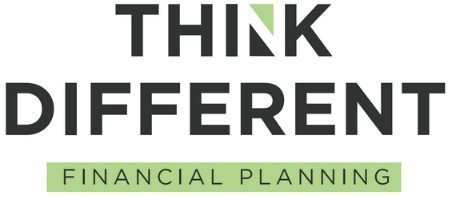Your 30’s and 40’s tend to be the years when you start earning real money. If you’re in that age range here are the top financial priorities:
Pay Off Debt
Paying off non-mortgage related debt should be a top priority. Whether it stems from college loans, credit cards, or elsewhere, the higher the interest rate the higher the priority it should be. If you can afford to pay more than the required monthly amount, do it. You’ll pay off the loan sooner and save on interest.
Have an Emergency Savings Account
Cash reserves help cover expected and unexpected costs. If your car breaks down, your roof leaks, or you have a surprise medical cost, you’ll need cash.
How much cash? That’s a personal decision and there’s no “right” number, but I suggest at least 4 – 6 months of your post-tax salary. That number, however, depends on a few factors:
- How stable is your job? If it’s stable, you could argue for holding less cash. If it’s unsteady, such as a commission-based job, a larger allocation is sensible.
- For some people, having a lot in cash simply helps them sleep better at night. There’s nothing wrong with that.
- If your spouse works, can you afford to live off one income if either of you unexpectedly loses your job?
Fund your 401(k) or 403(b)
At minimum, contribute enough so you receive the full company match, if that’s offered.
If you’re contributing to a pre-tax 401(k) those contributions will lower your taxable income, meaning you’ll save on taxes.
Try to save at least 10% of your income.
Set Up Life and Disability Insurance
If you have a spouse and children, consider what would happen to your family’s finances if you or your spouse passed away or became disabled and were unable to work. Insurance protects against these rare but catastrophic events. While it’s not fun to think about, having the appropriate level of insurance in place is important.
Determine the Right Investment Allocation
For your investment accounts, determine if you’re comfortable with, say, an 80% stock allocation and 20% in bonds versus something more conservative or aggressive.
It’s helpful to understand the past upside and downside performance during various periods.
Once an allocation decision is made, stick with it unless your risk tolerance, timeframe, or other changes arise.
Subscribe
Join Our Newsletter
Sign up to receive an email when new articles are posted.
